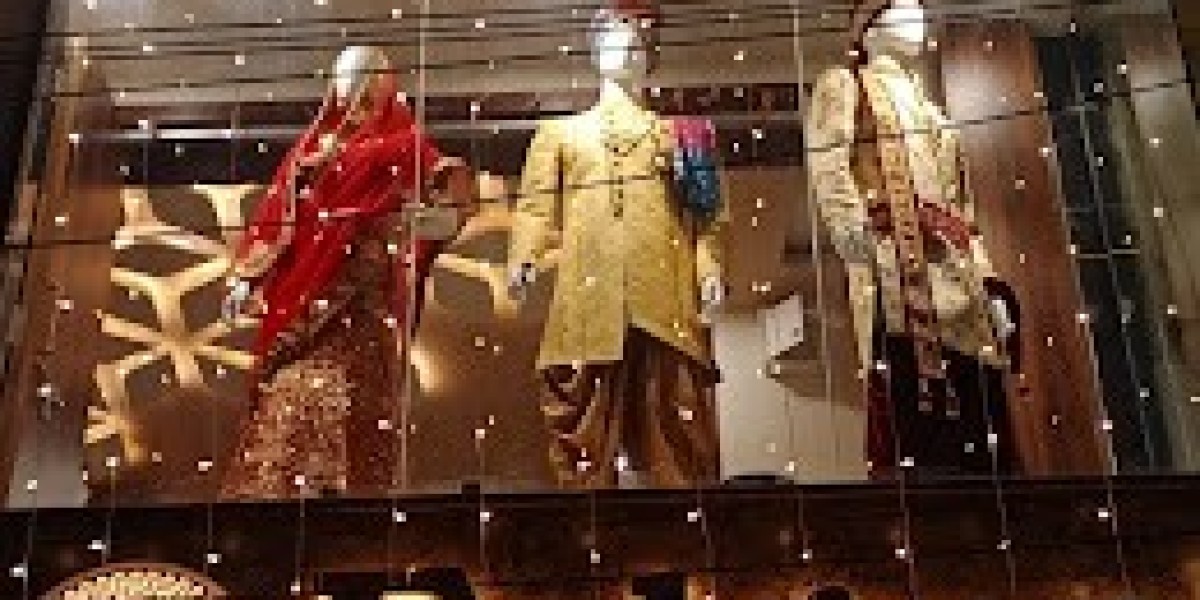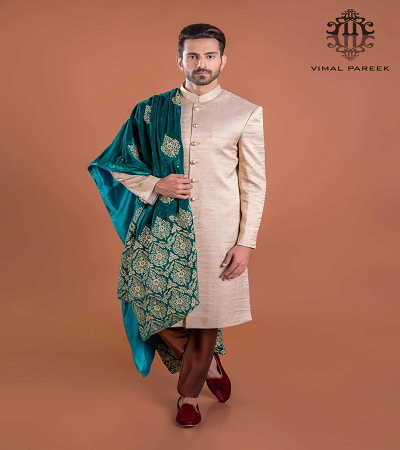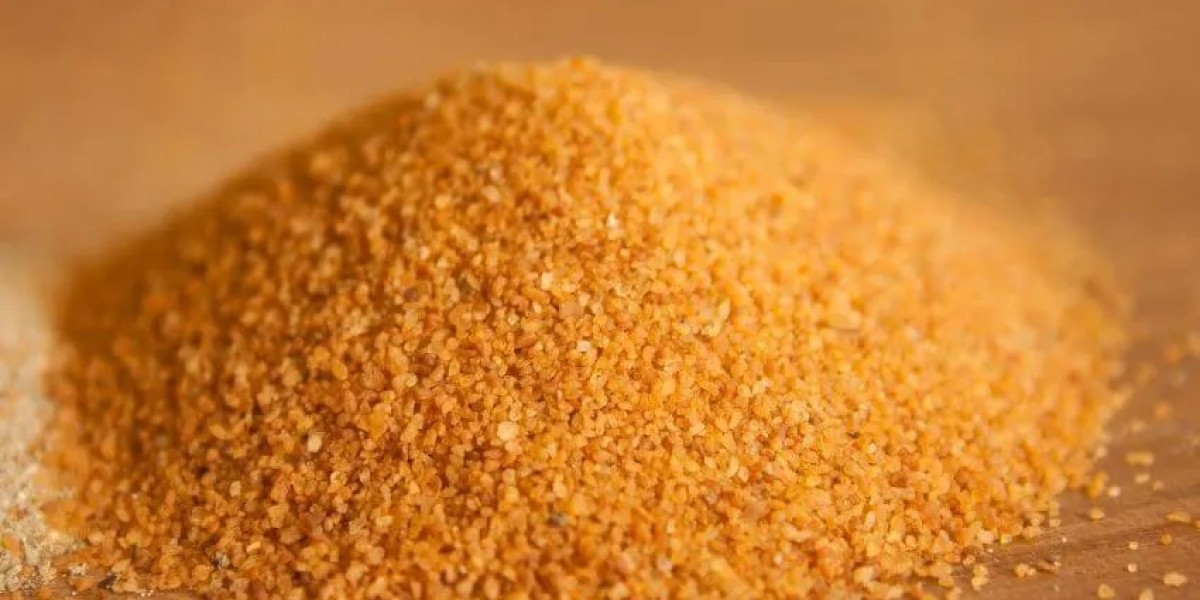1. In India, the selection of groom wear is a deeply rooted cultural and traditional process that reflects the rich diversity and heritage of the country. The choice of attire for the groom is a significant aspect of the wedding preparations, and it involves a careful blend of tradition, style, and personal preferences. Unlike the Western notion of a standard groom suit, Groom wear in India encompasses a wide range of options, each drawing inspiration from the diverse regional cultures that make up the tapestry of India.
2. One of the most iconic and traditional outfits for Indian grooms is the sherwani. Originating from the Mughal era, the sherwani is a long coat-like garment that exudes regality and sophistication. It is often adorned with intricate embroidery, embellishments, and reflective of the opulence associated with Indian weddings. The sherwani is typically paired with a churidar, which is a type of fitted trousers with gathered ends, creating a distinctive and elegant look. The choice of fabric for the sherwani varies from luxurious silk to finely woven brocade, depending on the regional influences and personal taste.
3. Another popular choice for groom wear in India is the achkan, a style that has its roots in North Indian attire. The achkan is characterized by its knee-length coat with a straight cut and a Mandarin collar, giving it a more contemporary and streamlined appearance. Similar to the sherwani, the achkan is often embellished with intricate embroidery and may be paired with churidar or traditional dhoti pants. The color palette for groom wear is vast, ranging from traditional deep reds and maroons to more contemporary pastels, allowing the groom to express his personal style while adhering to cultural norms.
4. In Southern India, especially in states like Tamil Nadu and Karnataka, the groom traditionally wears a dhoti teamed with a silk angavastram or a traditional silk shawl. The dhoti, a garment consisting of a long piece of cloth wrapped around the waist, reflects simplicity and elegance. The angavastram, worn over the shoulders, is often vibrant and intricately woven, adding a touch of grandeur to the ensemble. South Indian grooms may also opt for a silk kurta paired with a veshti, a variant of the dhoti, for a more contemporary yet culturally rooted look.
5. Turban styles play a crucial role in completing the groom's look across India. Different regions have distinct ways of draping turbans, and the choice of color and fabric holds cultural significance. In North India, the groom may wear a safa, a turban with elaborate embellishments, while in the South, a simple yet elegant mukut tied with silk threads is more common. The turban not only adds a royal touch but also symbolizes honor and respect.
6. Jewelry is another essential element of groom wear in India. Traditional gold jewelry, such as necklaces, bracelets, and rings, is often adorned to enhance the overall look. The choice of jewelry may vary based on cultural and regional influences, with some grooms opting for intricate designs while others prefer a more understated elegance.
7. In recent years, there has been a noticeable shift towards fusion and contemporary groom wear. Many grooms are experimenting with Indo-Western outfits, combining traditional elements with modern cuts and fabrics. Suits with Indian-inspired embroidery, bandhgalas with contemporary silhouettes, and fusion sherwanis have become popular choices for those looking to strike a balance between tradition and modernity.
8. In essence, the world of groom wear in India is a vibrant tapestry of culture, tradition, and evolving fashion. From the regal sherwanis of the North to the simplicity of dhotis in the South, each outfit tells a unique story and contributes to the kaleidoscope of Indian weddings. Whether steeped in tradition or embracing contemporary trends, the groom's attire in India is a reflection of identity, culture, and the joyous celebration of love.
For More Info :- Our Service









